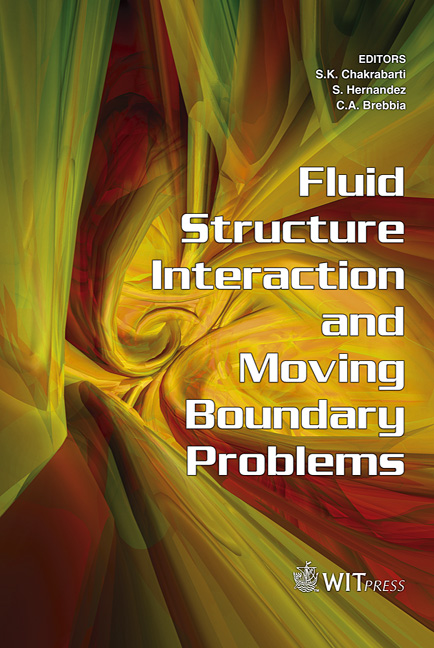A CSD Finite Element Scheme For Coupled Blast Simulations
Price
Free (open access)
Transaction
Volume
84
Pages
10
Published
2005
Size
509 kb
Paper DOI
10.2495/FSI050371
Copyright
WIT Press
Author(s)
O. Soto, J. Baum, R. L¨ohner, E. Mestreau & H. Luo
Abstract
An efficient explicit finite element scheme to deal with a class of coupled fluidsolid problems is presented. The main ingredients of such a methodology are: simple shell elements; an algorithm to deal with material failure and cracking propagation; and a chunk rigidization methodology to avoid the possible numerical instabilities that may be produced by pieces of material flying away from the main solid body. The overall CSD scheme is coupled with a flow code by using an embedded methodology. Two real cases are presented. 1 Introduction In the analysis of complex structures subjected to blast loading and large deformations, Lagrangian finite element codes with explicit time integration are a necessary tool [7]. This class of problems requires hundred of thousands of time steps and, in some cases, millions of shells (and/or solids), which forces the use of computationally simple (cheap) elements. Furthermore, the material failure and the possible changes of topology due to the crack advance has to be implemented in an efficient manner. Expensive remeshing procedures and/or cracking schemes could make the calculation of real problems an impossible task in terms of CPU time. Moreover, the possible numerical instabilities that may appear as a result of several chunk of elements flying away has to be taken into account. For most cases, it is not necessary to compute in an accurate manner the internal stresses of the small chunks, but their sizes and shapes (i.e. for bomb fragmentation studies). Hence, a fast rigidization algorithm that maintains the volume of the chunks
Keywords





